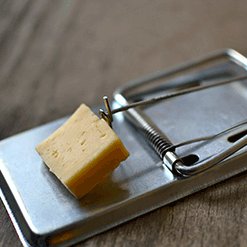As cute as a pet mouse can be, wild mice create serious problems for humans. Hiding in sewers and underground subway systems, these pests often invade homes once the weather grows colder.
They will chew their way through your home, leaving feces and tracking bacteria and disease. Along with a host of health hazards, there are known neurological and emotional effects resulting from a mouse infestation.
To address an infestation, your first move to determine just what you’re dealing with. It’s important to distinguish mice from rats and to identify the specific species that is causing you problems. Once you learn about several common species of mice that are found throughout homes, you can take steps to rid your property of them and prevent more from returning.

























